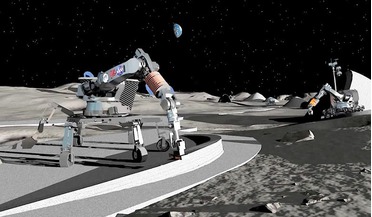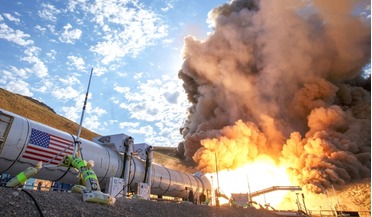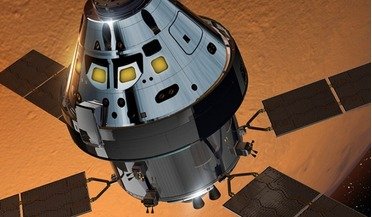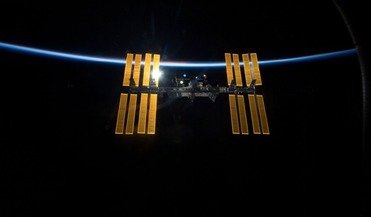 March 2016
The Use of 3D Printing for Space Applications
March 2016
The Use of 3D Printing for Space Applications
... disassemble and fix malfunctioning units. On-orbit printers also offer the prospect of designing mission parts for microgravity manufacturing. Since the parts manufactured on-orbit will not experience launch loads, metals can be replaced by polymers...
 November 2016
Moon or Mars - NASA’s next logical step?
November 2016
Moon or Mars - NASA’s next logical step?
... are already transforming how human beings live on Earth, as well as facilitating ground-breaking research on the effects of microgravity on the human body over long periods of time. As the technological revolution accelerates, many countries are...
 January 2017
Blueprint for NASA’s journey to Mars
January 2017
Blueprint for NASA’s journey to Mars
... low departure delta velocity and the ability to support crew/ground training for increasingly remote operations, microgravity operations, and telerobotics and telepresence operations on planetary surfaces from orbit. The Transit Configuration...
 March 2017
Space is open for business
March 2017
Space is open for business
... was also the acknowledgement that research in space is not an easy thing to take on. “It is not immediately obvious where microgravity experimentation can come in handy for industry,” explained Chris Bee, ESA Technology Transfer Broker for the...
 May 2017
Growing plants without gravity
May 2017
Growing plants without gravity
... wasn’t a single seed! The plants also showed significant morphological changes. Compared to Earth-control plants the microgravity plants had almost three times as many heads, while the culm (stem) was half the length...
... and robotic missions. ESA astronaut Samantha Cristoforetti working on the TripleLux experiment, an investigation into the effects of microgravity on immune cells. A smoke detector deep in the belly of the Biolab rack on Columbus had to be replaced...